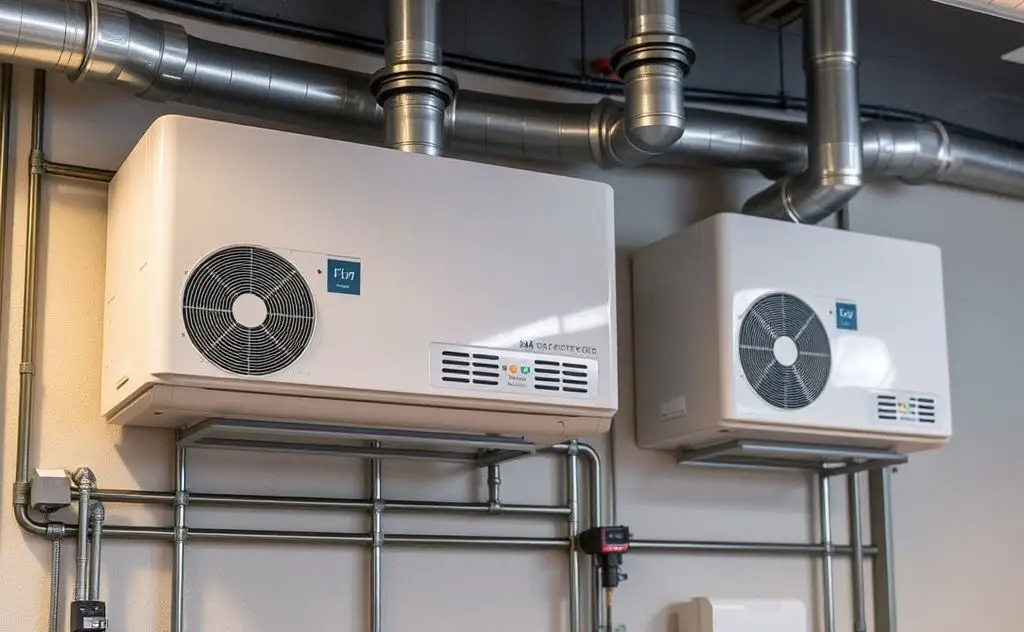Automated HVAC systems use sensors and smart controls to regulate temperature, humidity, and air quality, optimizing comfort and energy efficiency in buildings.
Automated HVAC systems revolutionize temperature management by combining sensors, smart algorithms, and remote control capabilities. These intelligent systems adjust heating, cooling, and ventilation without constant human intervention, optimizing both comfort and energy efficiency.

Core Components of Automated HVAC Systems
Modern automated HVAC systems rely on three fundamental elements working in harmony:
1. Smart Sensors and Detectors
- Temperature sensors monitor room conditions every 30-60 seconds
- Occupancy sensors detect human presence using infrared or motion detection
- Air quality sensors measure CO2, humidity, and particulate levels
2. Central Control Unit
The brain of the system processes data from all sensors and makes real-time adjustments. Advanced units like the Honeywell T6 Pro can learn usage patterns over time.
3>Actuators and Output Devices
| Component | Function |
|---|---|
| Motorized dampers | Adjust airflow between zones |
| Variable speed fans | Modulate airflow based on demand |
| Smart valves | Control water flow in hydronic systems |

How Automation Transforms HVAC Performance
Traditional HVAC systems operate like on/off switches, while automated versions function like precision instruments:
Dynamic Temperature Adjustment
Systems like Rheem’s EcoNet can adjust temperatures by 0.5°F increments, maintaining perfect conditions without energy waste.
Zoned Climate Control
Commercial buildings using automation see 18-25% energy savings by:
- Detecting unoccupied zones
- Reducing airflow to empty spaces
- Maintaining comfort in active areas
Predictive Maintenance
According to U.S. Department of Energy studies, automated systems can predict 87% of HVAC failures before they occur by monitoring:
- Filter pressure drops
- Unusual vibration patterns
- Refrigerant pressure fluctuations
Integration With Building Automation Systems
Advanced HVAC controls don’t operate in isolation. They connect to broader building management systems through:
BACnet Protocol
The standard communication language allows different manufacturers’ equipment to share data. Over 60% of commercial buildings now use this protocol.
Cloud Connectivity
Modern systems like those from ASHRAE certified providers enable remote monitoring and control via web portals or mobile apps.
Energy Management Synergy
Automated HVAC coordinates with:
- Lighting systems
- Window shades
- Renewable energy sources
Real-World Applications and Benefits
From hospitals to data centers, automated HVAC delivers measurable results:
Healthcare Facilities
Maintains strict temperature/humidity levels in operating rooms while reducing overall HVAC energy use by 22%.
Retail Spaces
Adjusts conditions based on customer traffic patterns, improving comfort while cutting costs.
Residential Smart Homes
Integrates with voice assistants and learns family schedules for seamless climate control.
The future of HVAC lies in increasingly sophisticated automation. Emerging technologies like AI-powered predictive algorithms and self-healing systems promise even greater efficiency and reliability in climate control systems.
